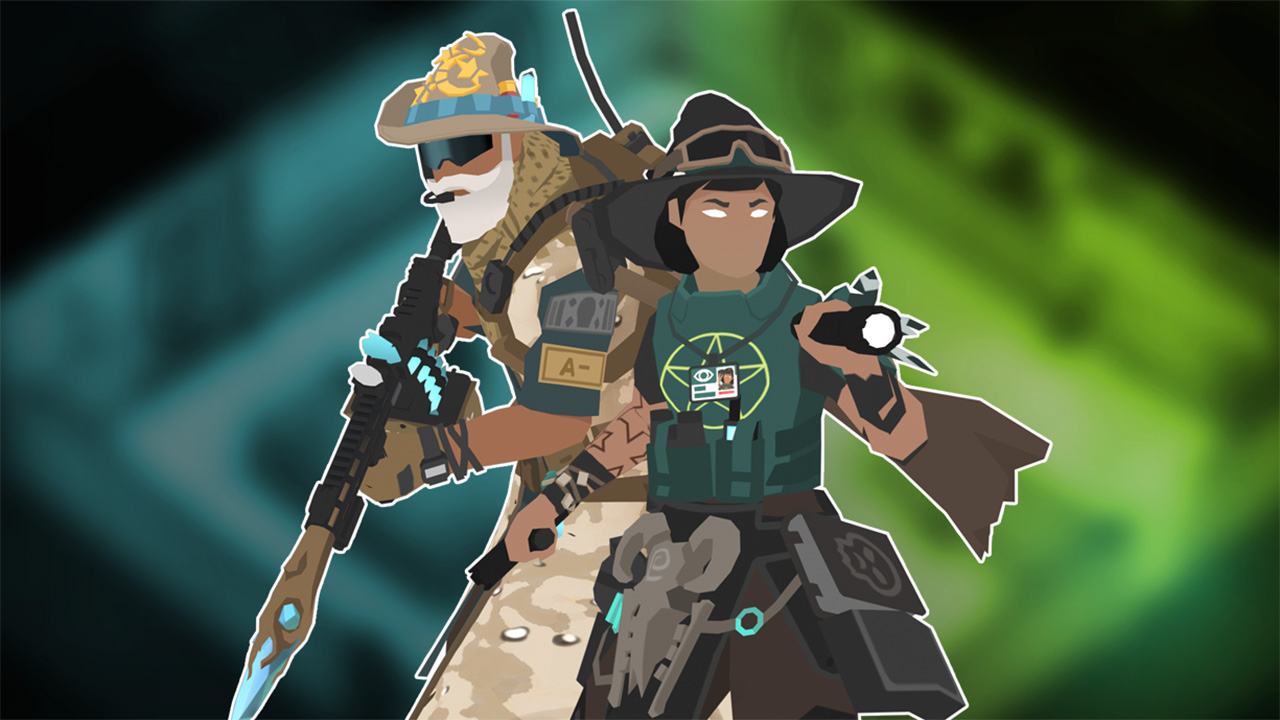
The director of Tactical Breach Wizards is right: animate words, not letters!
www.gamedeveloper.com
My ears perked up while lurking in the back of a Moscone West lecture hall at the 2025 Game Developers Conference. Suspicious Developments founder and Tactical Breach Wizards director Tom Francis was breaking down his tricks for storytelling and comedy in his IGF award-winning game, and he landed on the subject of animated text. In Tactical Breach Wizards, he explained, Suspicious Developments made all of the game's dialogue more engaging by animating dialogue word by word instead of letter by letter. Each snappy repartee lands with the clack of a typewriter, and players who just want to read all the text at once can mash the "advance" button to speed through it.Suspicious Development's previous games Gunpoint and Heat Signature animated words by the letter, Francis (him, not me) explained. When he experimented with word-by-word animation, he said it was like "night and day." In a brief video demonstration, he paired the two styles side by side, the classic version was, as he said "very smooth.""I think that's a bad thing...because it lacks rhythm," he said. "It's too smooth, it's just like a continuous stream [of words.]"Even without the sound of the clacking typewriter, the word-based animated dialogue moved with janky speed, changing flow based on the structure of the sentence. "I think the reason it works is that it kind of matches how brains process speech," before hastily clarifying that "This is not science. This is just a conjecture."Related:He said he was amazed this technique "wasn't more widespread," remarking that "90 percent" of the indie games he plays rely on letter-by-letter animation (triple-A games tend to rely more on voice acting of late...though that may change if game studios still refuse to bargain with SAG-AFTRA on the topic of generative AI).As someone who's been thinking a lot lately about interactive text in games, and Francis' argument struck a real chord. There's no way around itmore developers, especially indie developers, can improve their narrative experiences with this technique.Engaging text helps players connect to a gameHere I must make a confession. Lately I've had an informal rule when evaluating the quality of any given game. It goes like this: the sooner I can actually play a game, the more likely I am to stick with it. Overlong cutscenes (especially ones that are essentially motion comics) make me twitchy, and smaller games that restrict how far I move or act in the first few minutes make me yearn for something more interactive.Related:That might surprise readers who know I'm a fan of big budget cinematic games like Marvel's Spider-Man 2 or Star Wars Jedi: Survivor, but those games are often an exception to the rule. An engaging cutscene that sets up the story without relying on a backstory dump do a lot to cue up gameplay. Spider-Man 2's opening scene leans on shenanigans to tee up a tango with Sandman, and Survivor's grim opening scene sets the tone and stakes for the first mission.When they don't have the budget for a big expensive cutscene, indies try to lean on art and interactive text (either dialogue choices or pushing a button to advance) to fill the gap. My bar for "gameplay" is low enough that tapping, clicking, or pressing a button to advance text often snaps my mind into place. But here we encounter an issue text-heavy games like Disco Elysium face: text, when not animated well, flattens whatever interesting writing you have under the hood.In a 2020 interview with GameSpot, Disco Elysium lead designer and writer Robert Kurvitz explained the game wouldn't have resonated with players if ZA/UM hadn't worked to make the text "understandable." The game's deep reliance on 20th century ideological and philosophical concepts wouldn't translate to mass entertainment without excessive iteration on text. To do so, they created a system that made text "as addictive and as snappy as Twitter," taking inspiration from messaging apps and notification systems to do so. "You have to do everything you can with the meaning of the text to make it as punchy as possible and to make it as personal as possible," Kurvitz said at the time.Related:Which brings us back to Francis' advocacy for word-based animation. Tactical Breach Wizards isn't exactly the first game to use this technique! Game Boy and Game Boy Advance games like Golden Sun and Fire Emblem used it extensivelytruth be told, the sound and feel of that advancing text is partly why these games stick in my head.Heck, If I could give this website an option to animate letters word by word without breaking it (a tall order), I would!Letter-by-letter animation can be useful. The Animal Crossing series uses it in conjunction with the nonsense babbling noises to make each villager engaging to speak with. But it's a deliberate choice, not one of convenience. If your game has simple scrolling text animating letter by letterwithout any additional thought into font, placement onscreen, speed, or accessibility options, it's easy to take a fun activity and smooth it out into something more bland.Francis noted that this technique works great for comedy, because comedy benefits from timing and precision on how words are delivered. But it's not the only genre that does so. All kinds of games could benefit from punchier, more engaging text.
0 Commenti
·0 condivisioni
·62 Views


